Evaluating Metronidazole Therapy for Malignant Wound Management
VerifiedAdded on 2021/04/16
|20
|1306
|135
Report
AI Summary
This report explores the use of metronidazole in the treatment of malignant wounds, focusing on its effectiveness in reducing malodor and improving patient outcomes. The report utilizes the ACE Star Model of Knowledge Transformation to present an evidence-based approach to nursing care. It discusses the problem of malignant wounds, common in end-stage cancer patients, and the limitations of traditional treatments. The report reviews supporting evidence from various studies, highlighting the benefits of metronidazole in malodor reduction. An action plan is outlined, detailing desired outcomes, measurement methods, and the roles of key stakeholders, including nurses, medical officers, and patients. The report also addresses the importance of ethical considerations, patient education, and mental health support. References from various research papers and studies are provided to support the findings and recommendations.
1 out of 20
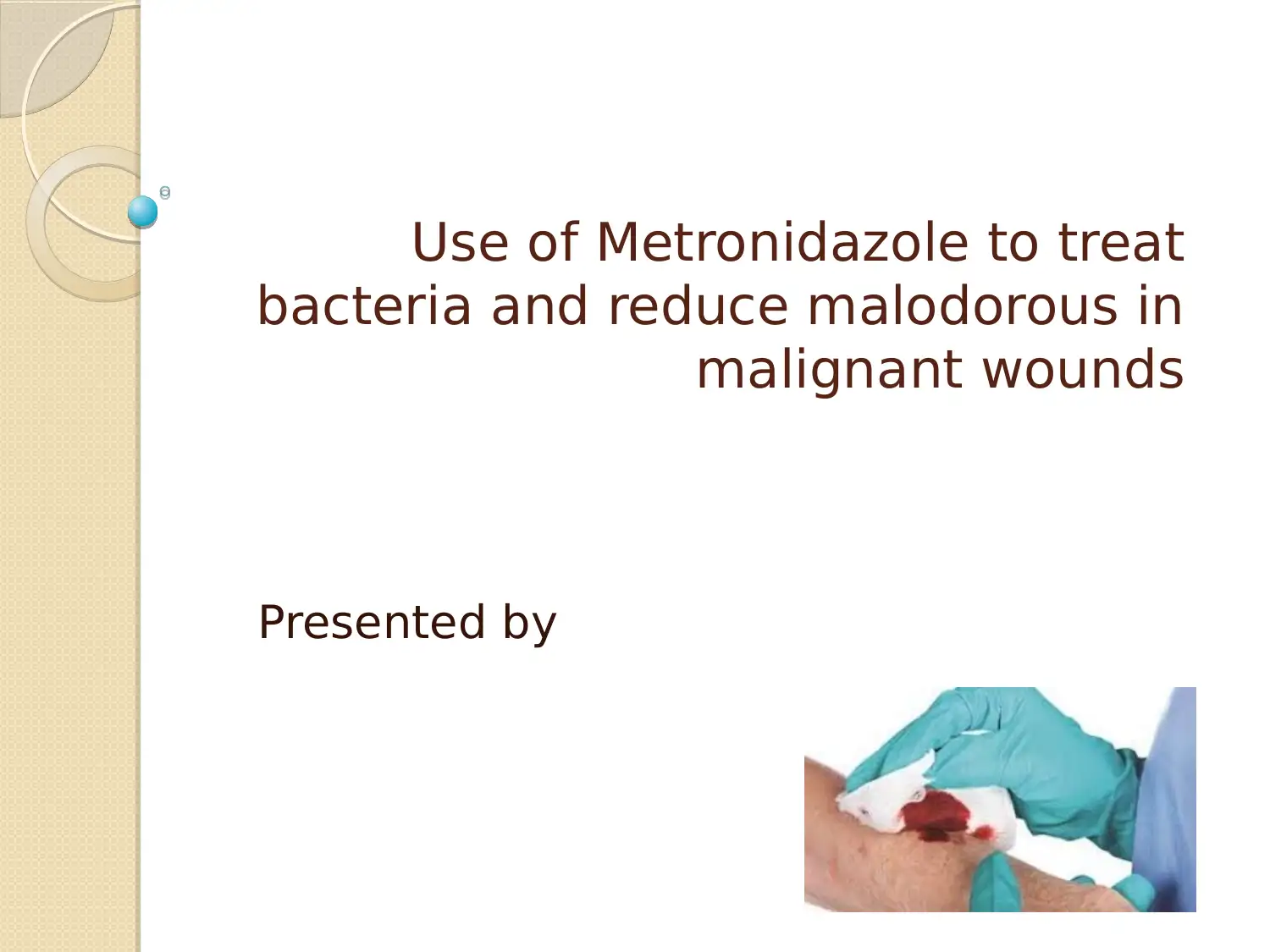
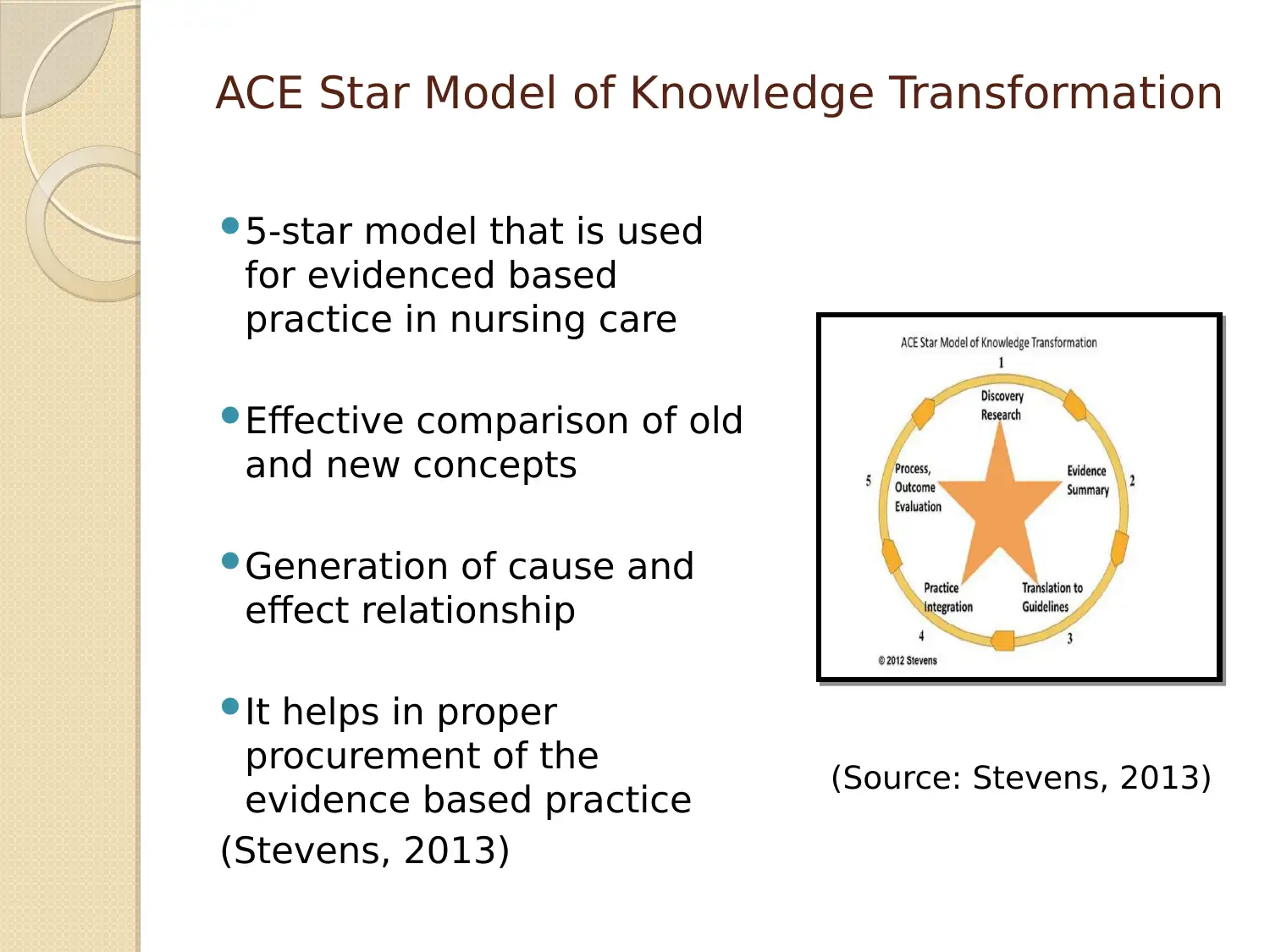
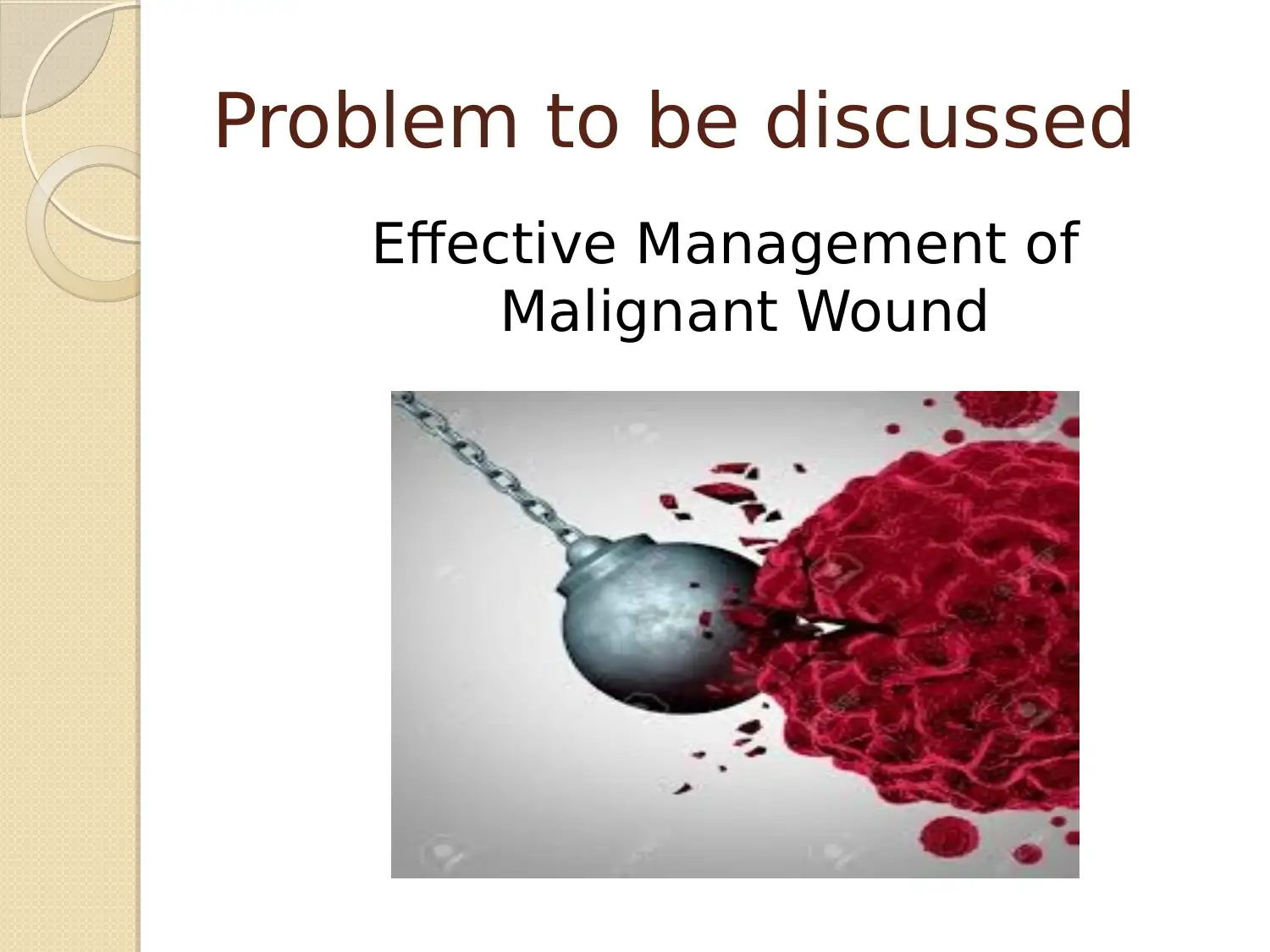

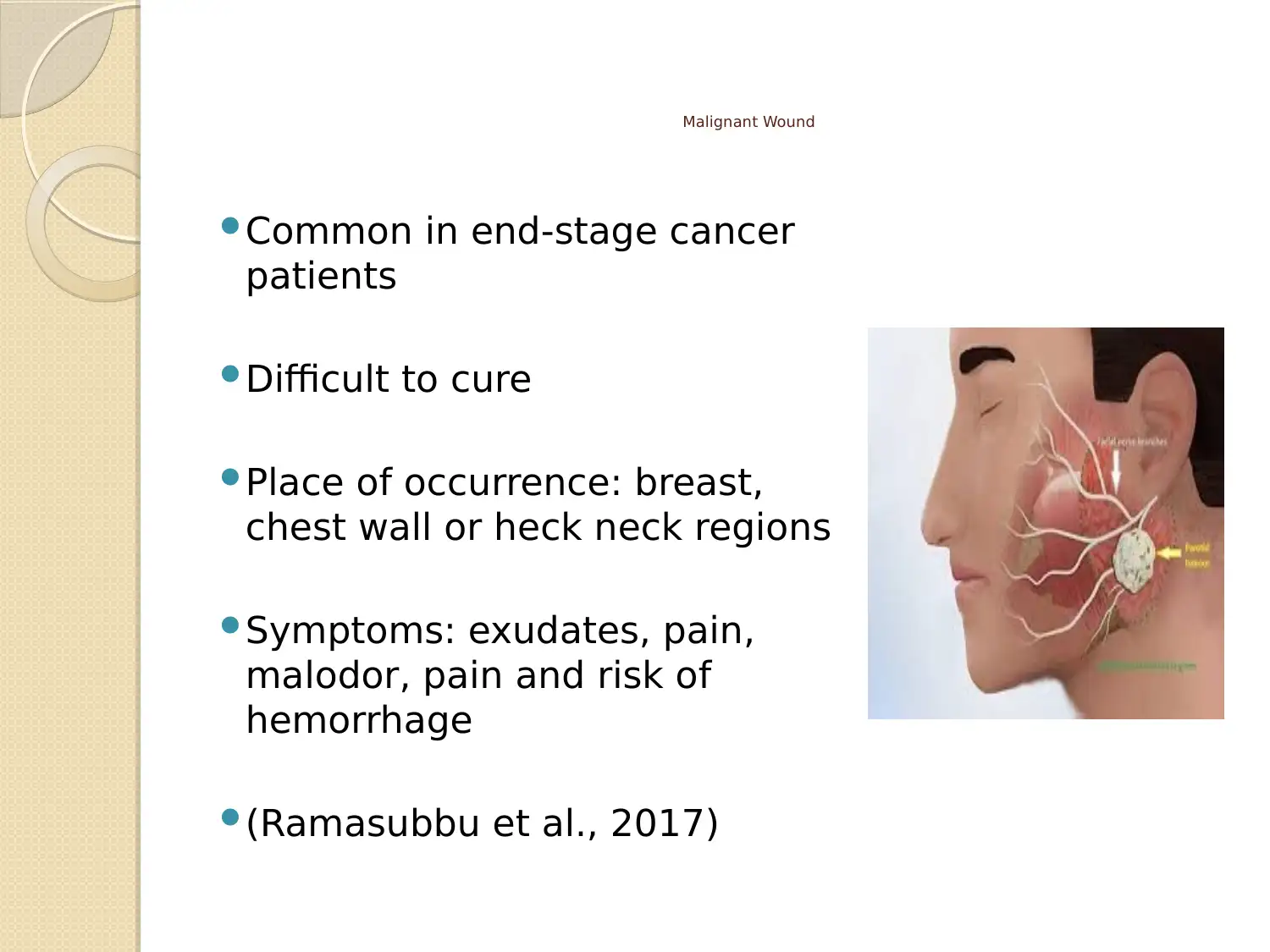
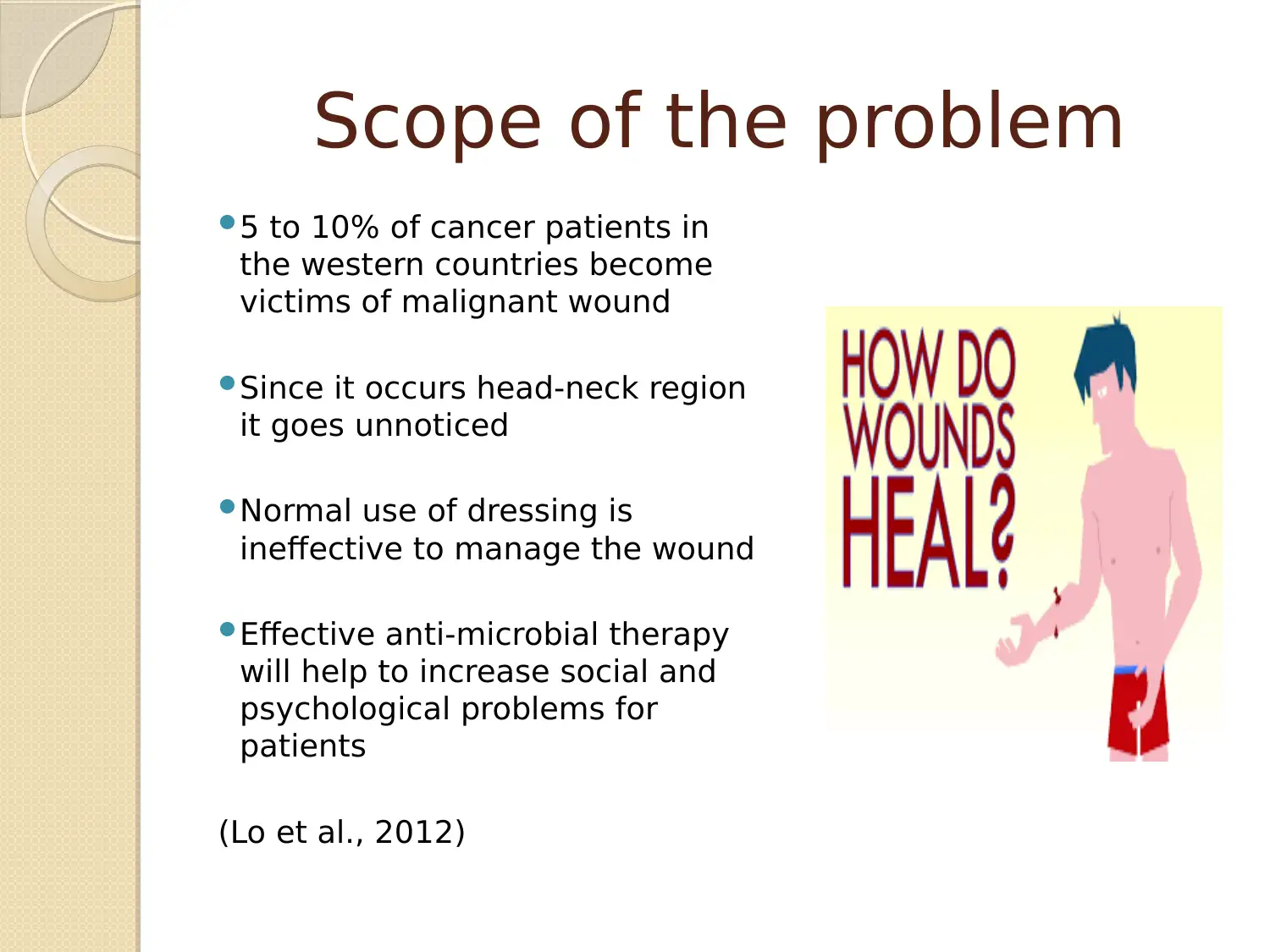
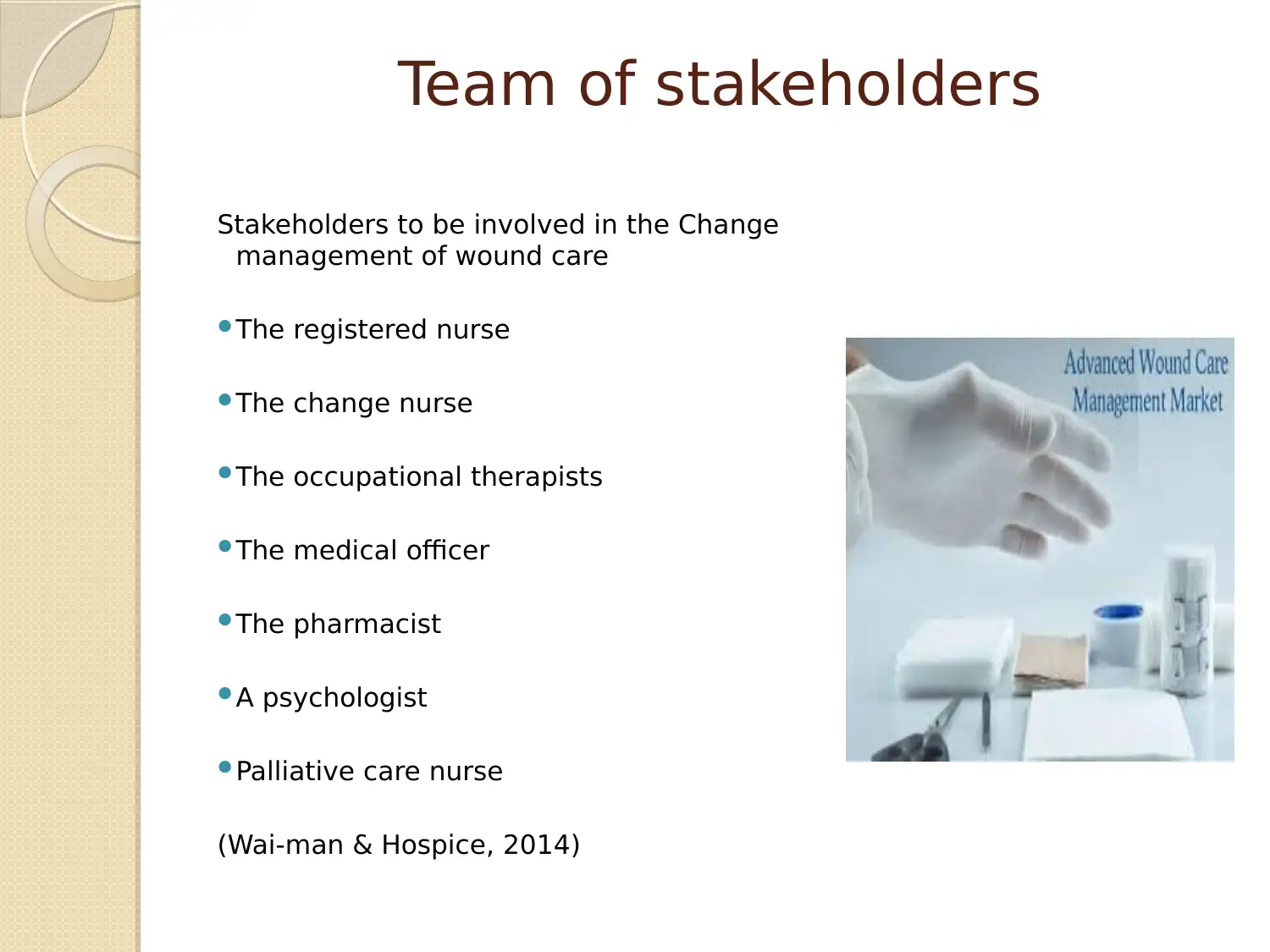

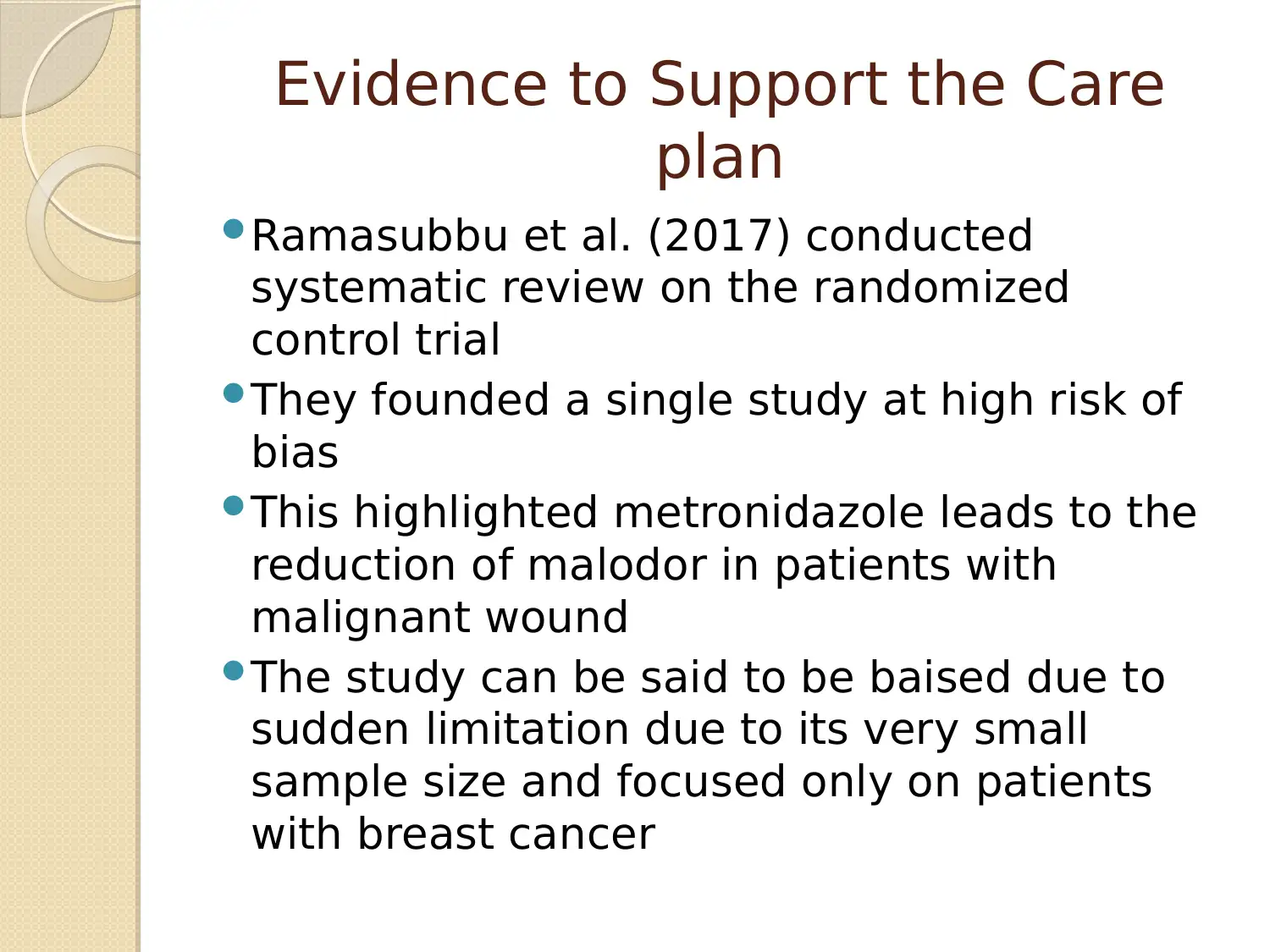
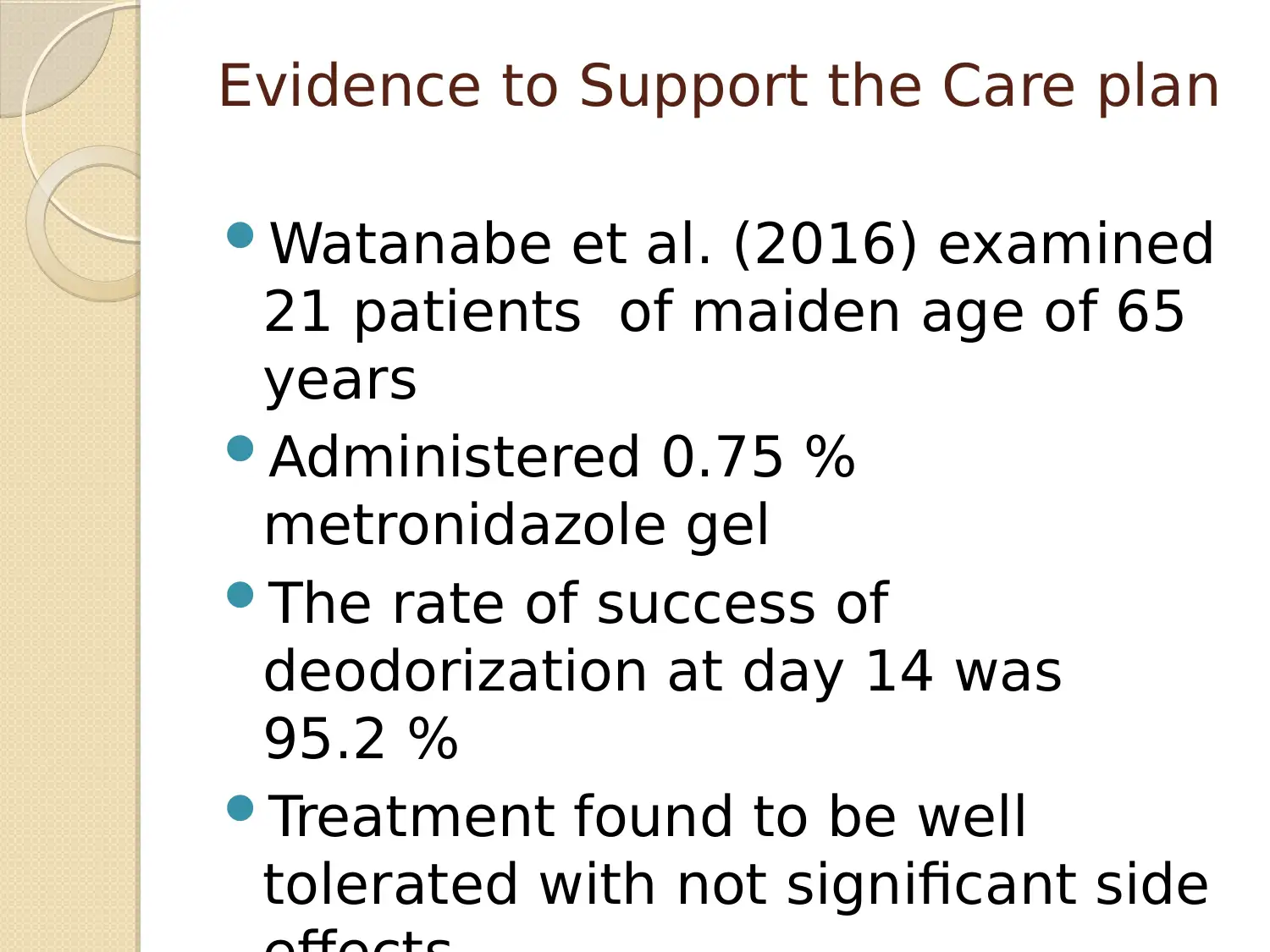
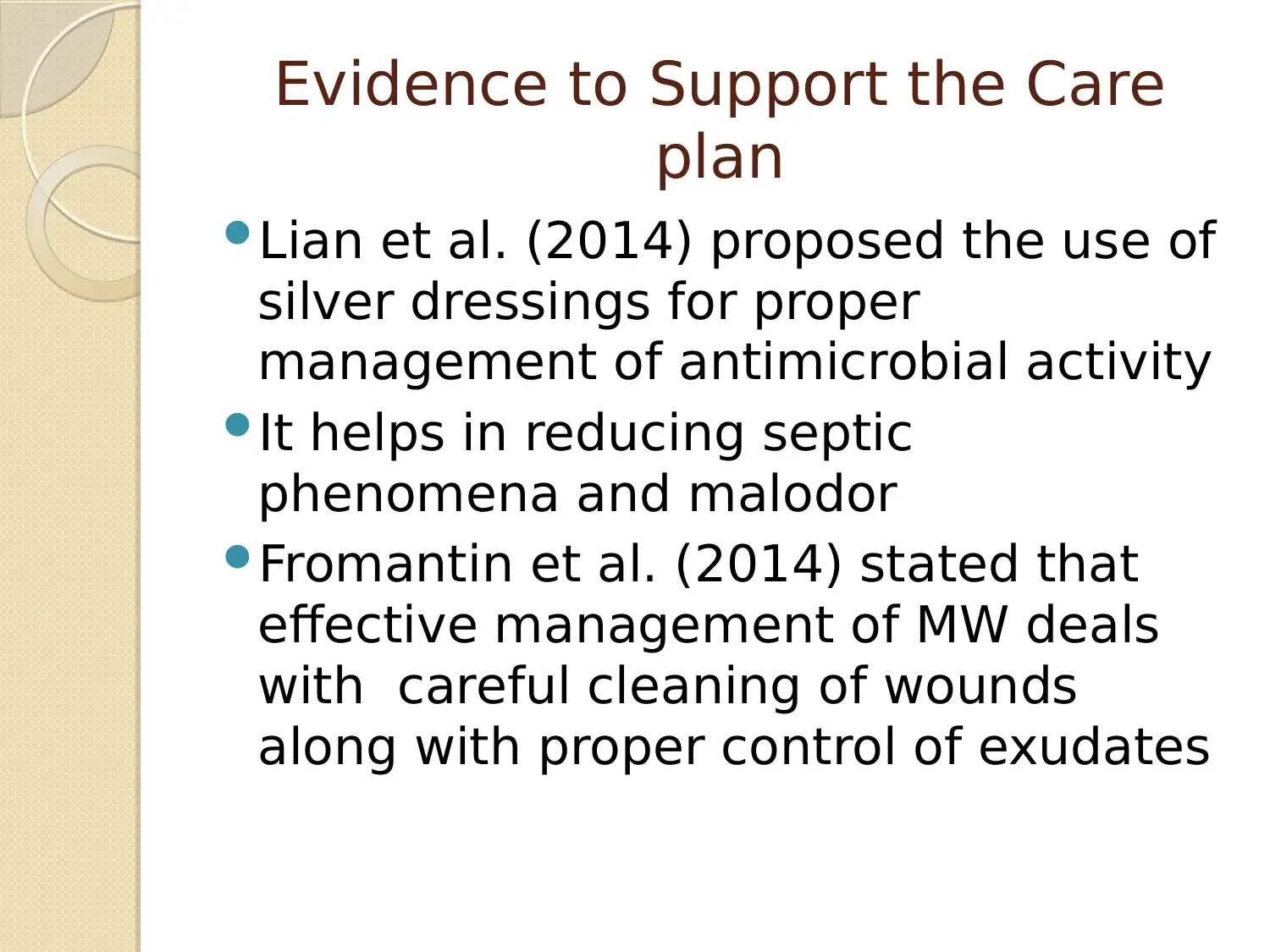
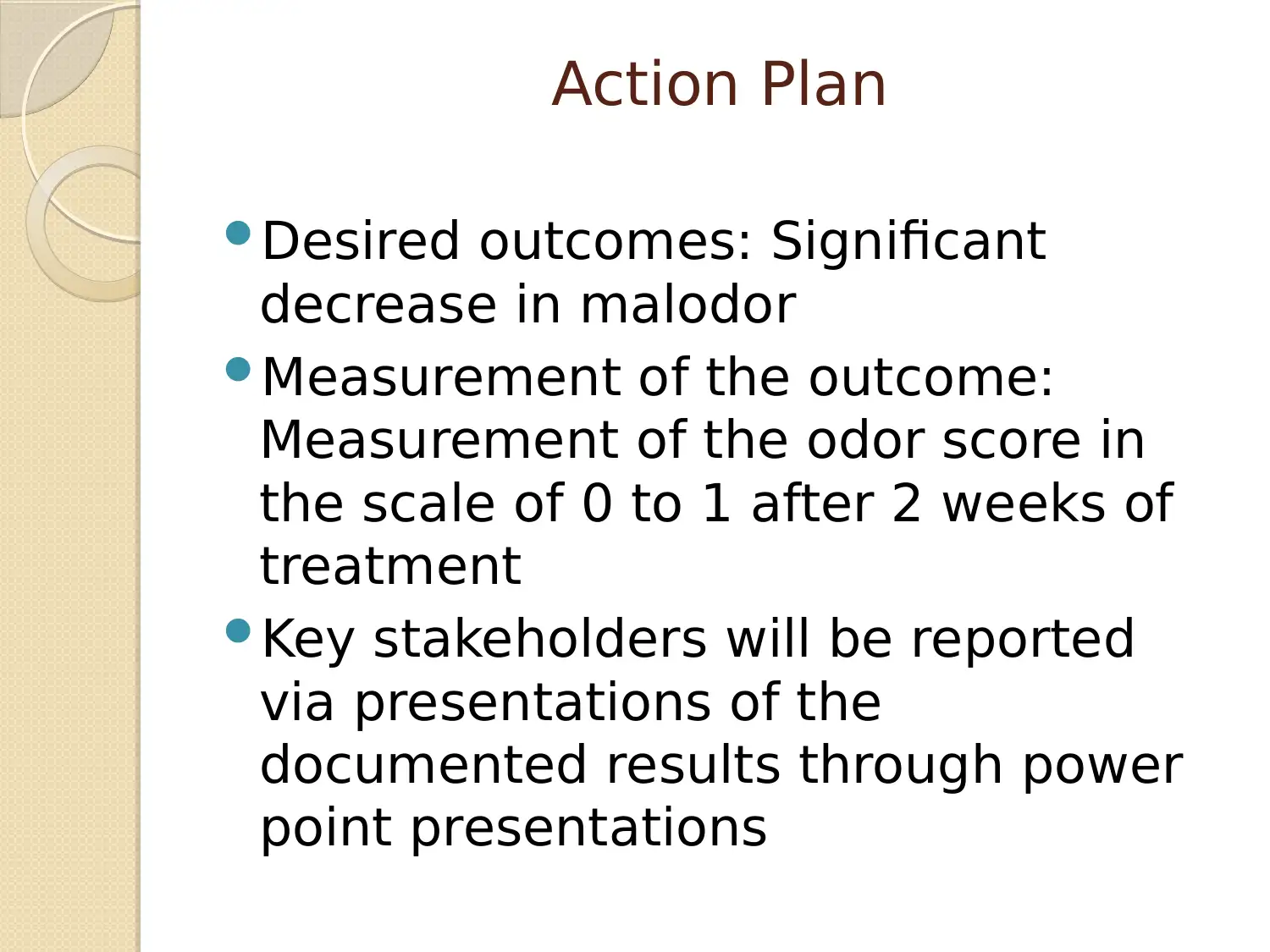
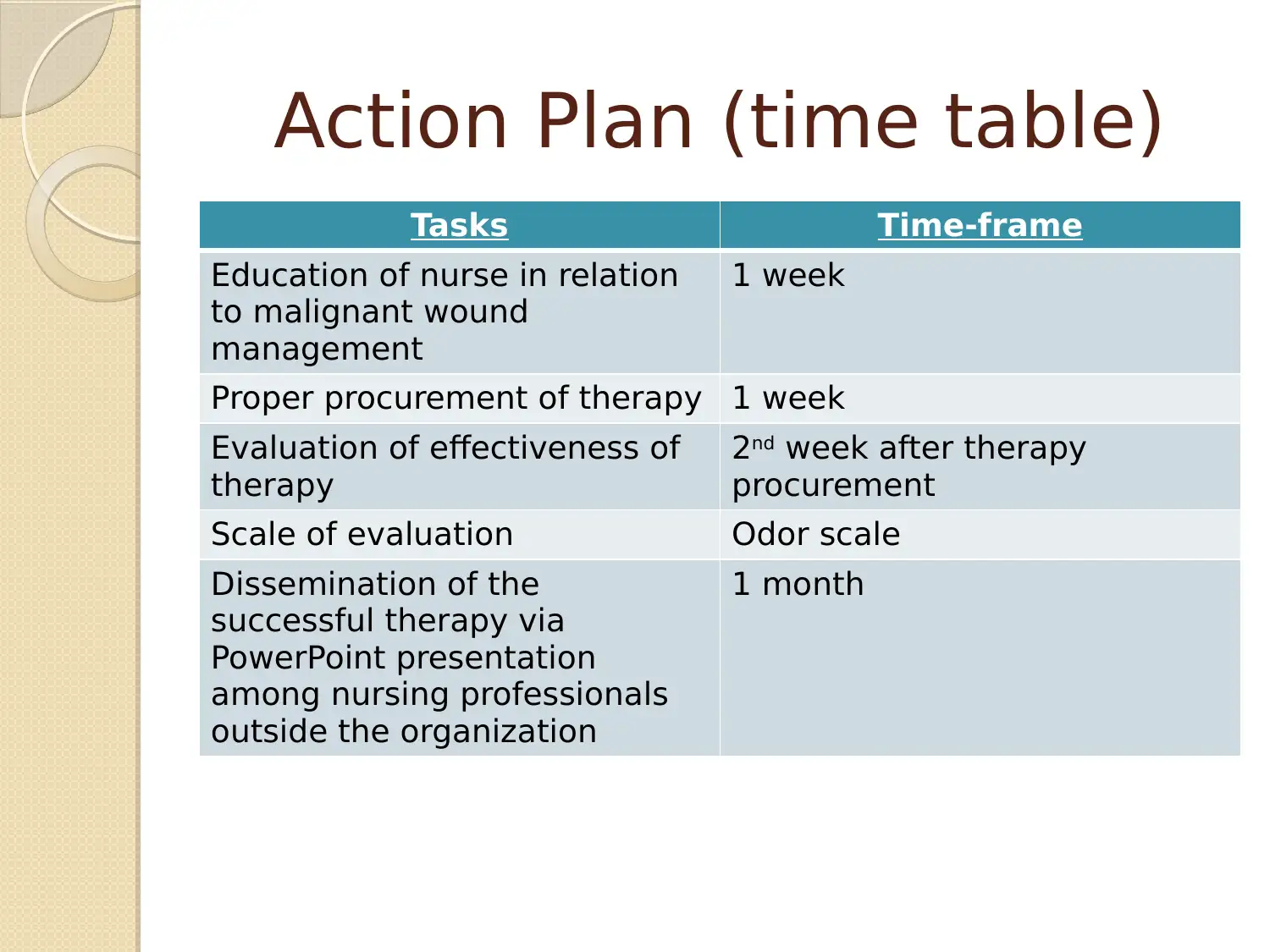






![[object Object]](/_next/static/media/star-bottom.7253800d.svg)